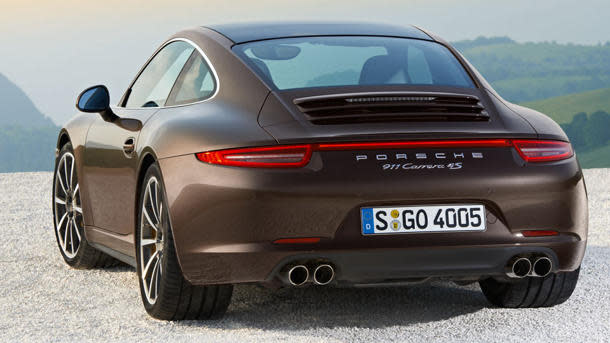 Motoramic
MotoramicHow brown became the red-hot color for new cars and trucks
Silver was the most popular exterior car color in America for nearly a decade. But while it remains beloved by automotive designers for best showing off a car's styling, its unstinting argent reign was finally overthrown this year. By white. According to Sandy McGill, BMW Designworks' lead designer in color, materials, and finish, this is Steve Jobs' doing. "Prior to Apple, white was associated with things like refrigerators or the tiles in your bathroom. Apple made white valuable."
Valuable, yet boring. So while the rise in white's snowy stock may be good news for the luxury market — white is high maintenance, thus luxurious — it's a pale palliative for those of us with a bit more pigment in their palette. Fortunately, our expert interviews and analysis reveal that more enticing colors are emerging.
Light blue's ascension is connected to environmental wellbeing: clear skies, clean water. Crisp oranges are migrating from the world of high-end outdoor equipment. New paint technology may finally allow fashion's passion for fluorescents to flow from the runways onto the highways. And, as always, the smart money's on gold: as its price and profile have skyrocketed, so has its demand as a coating.
But the most enticing color trend, from our perspective, is the return of brown. After all, what could be more compelling to unicorn-riding Rainbow Brites like us than the hue derived — as any child left too long at an easel will readily demonstrate — from combining every shade in the visible spectrum?
As recently as 2008 articles and experts were prognosticating the "extinction" of brown as an automotive exterior color: it was too rooted in the malaise of the 1970s, it blended in too well with the scenery, it lowered resale value. Even the aesthetically-bereft American Automobile Association (AAA) danced on brown's loamy grave, claiming, in their Car and Color Safety dispatch of 2004 that, "brown, black, and green cars [are] roughly twice as likely as white cars to be involved in crashes resulting in serious injury."

 Yahoo Autos
Yahoo Autos 

